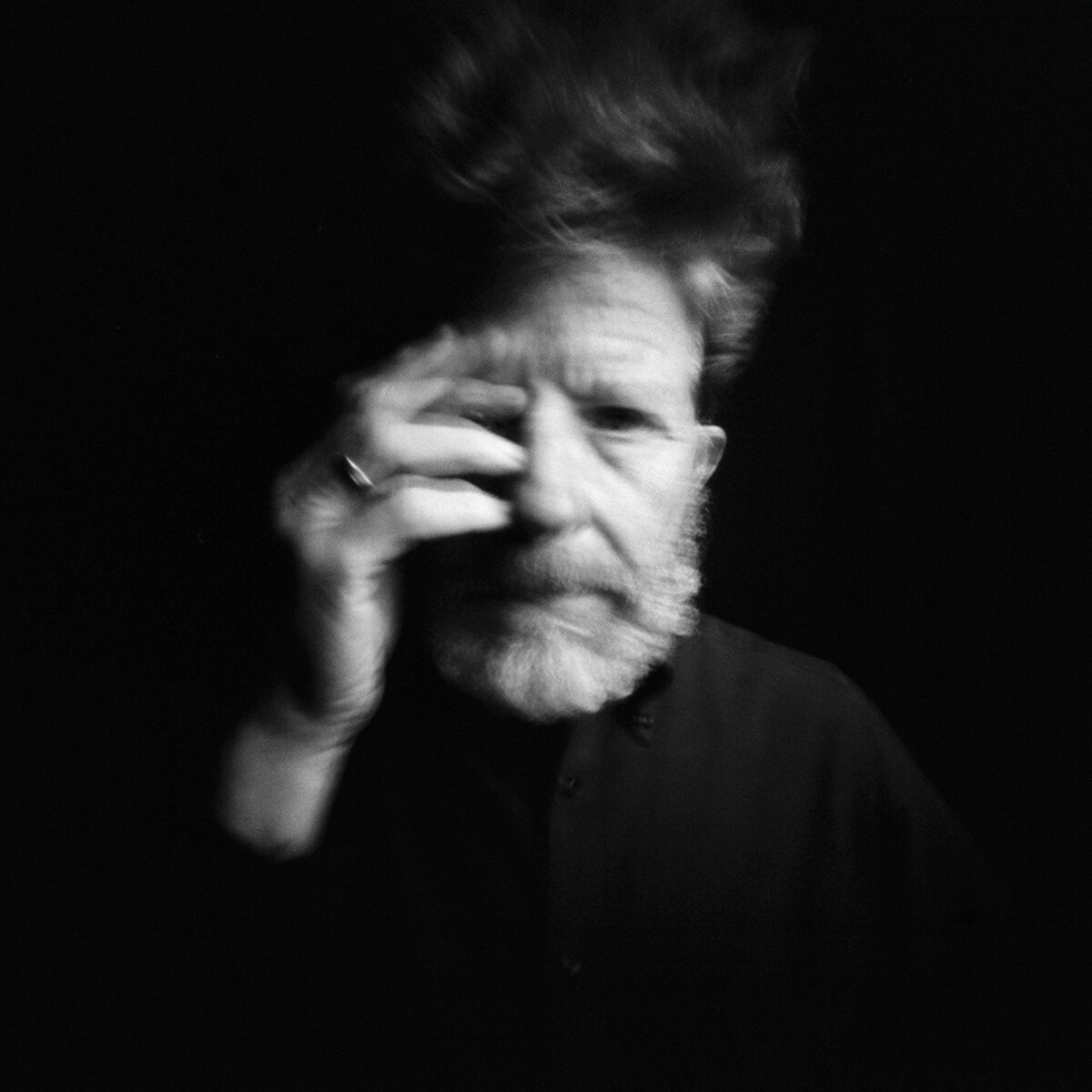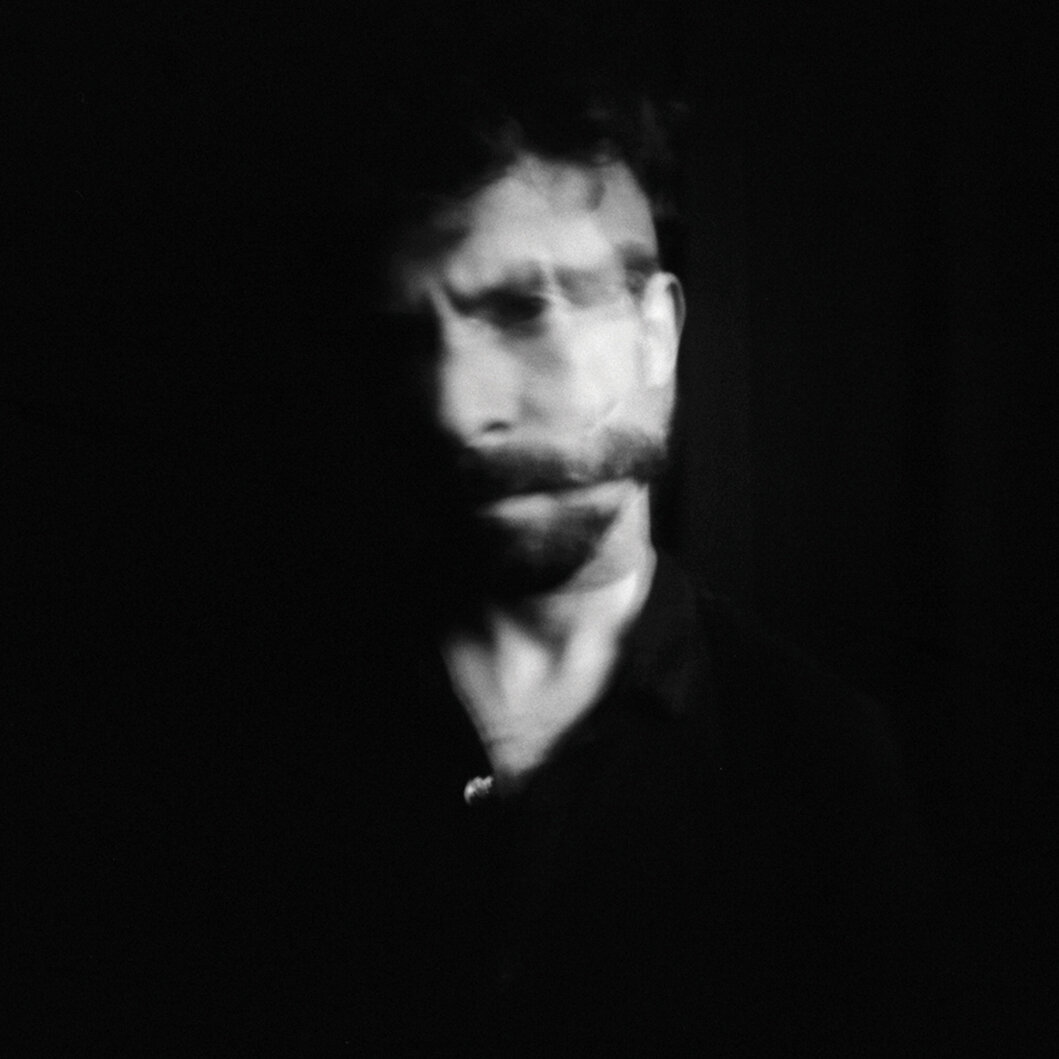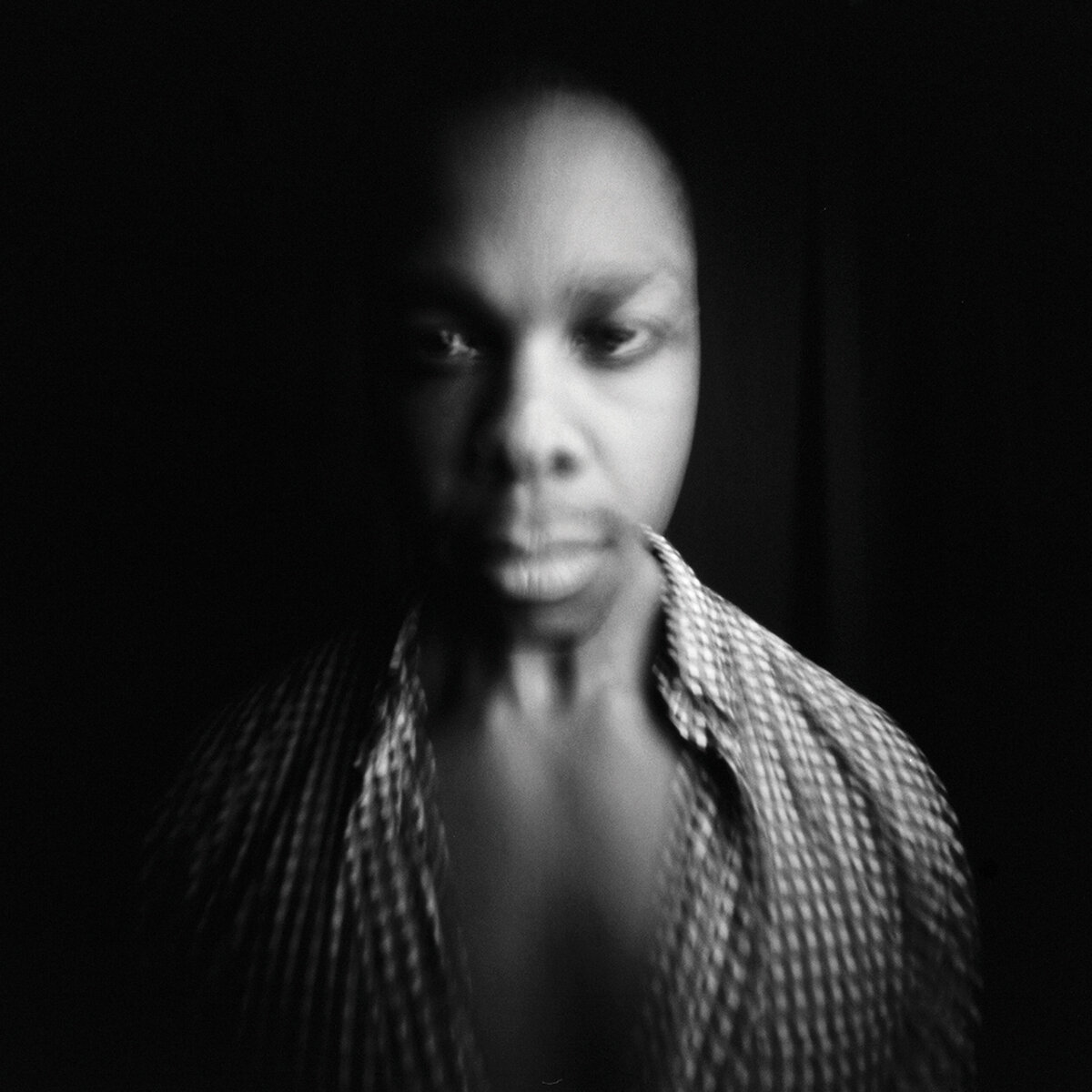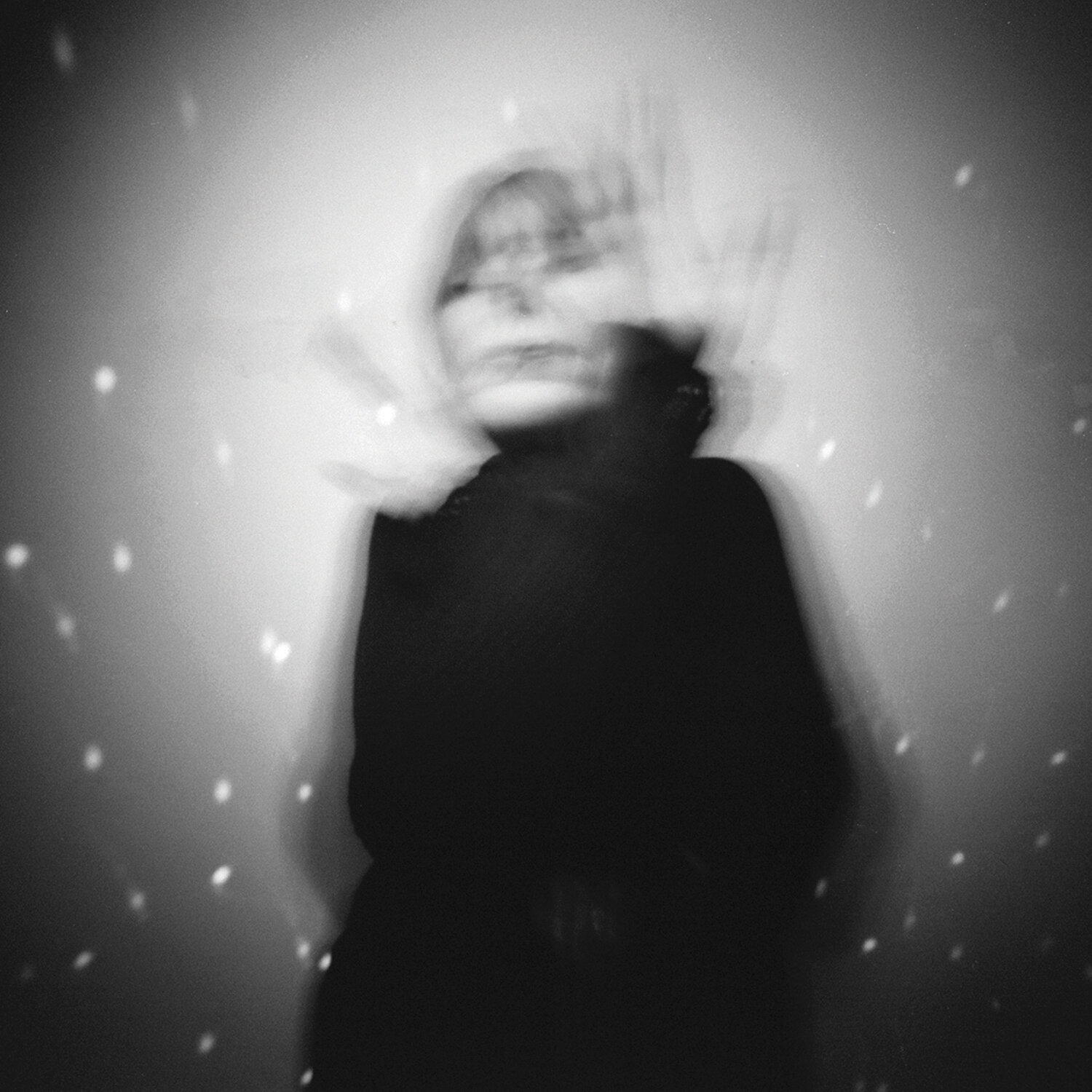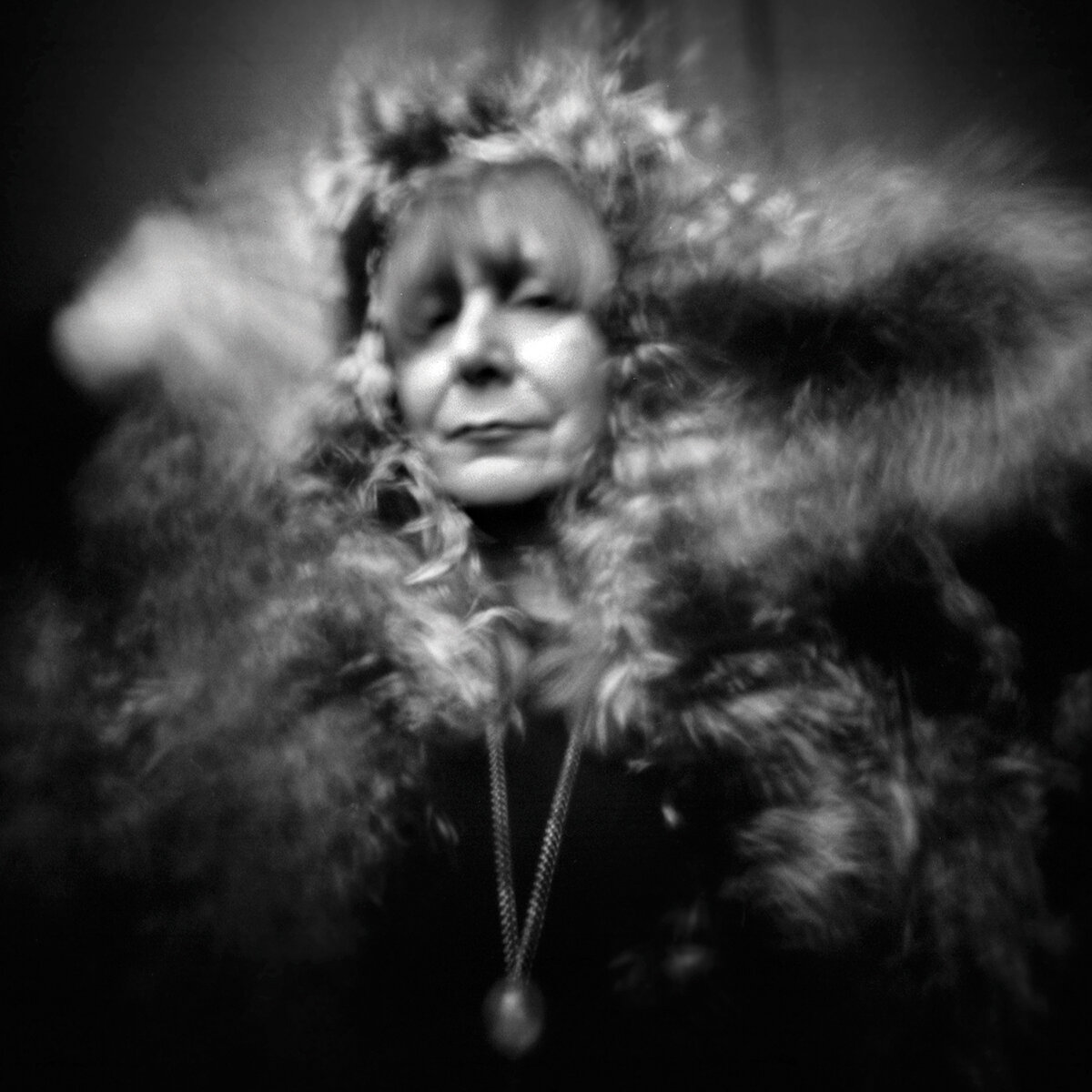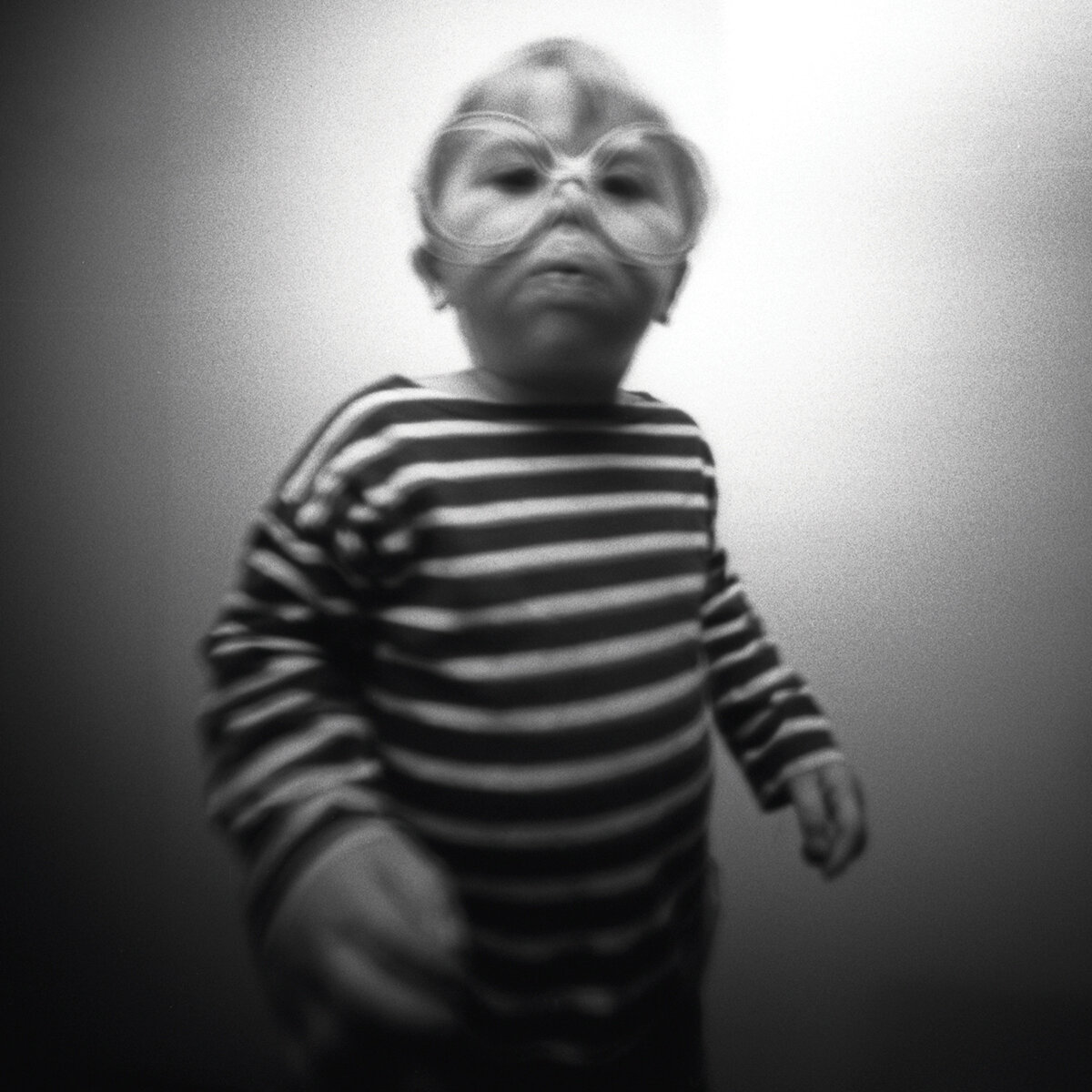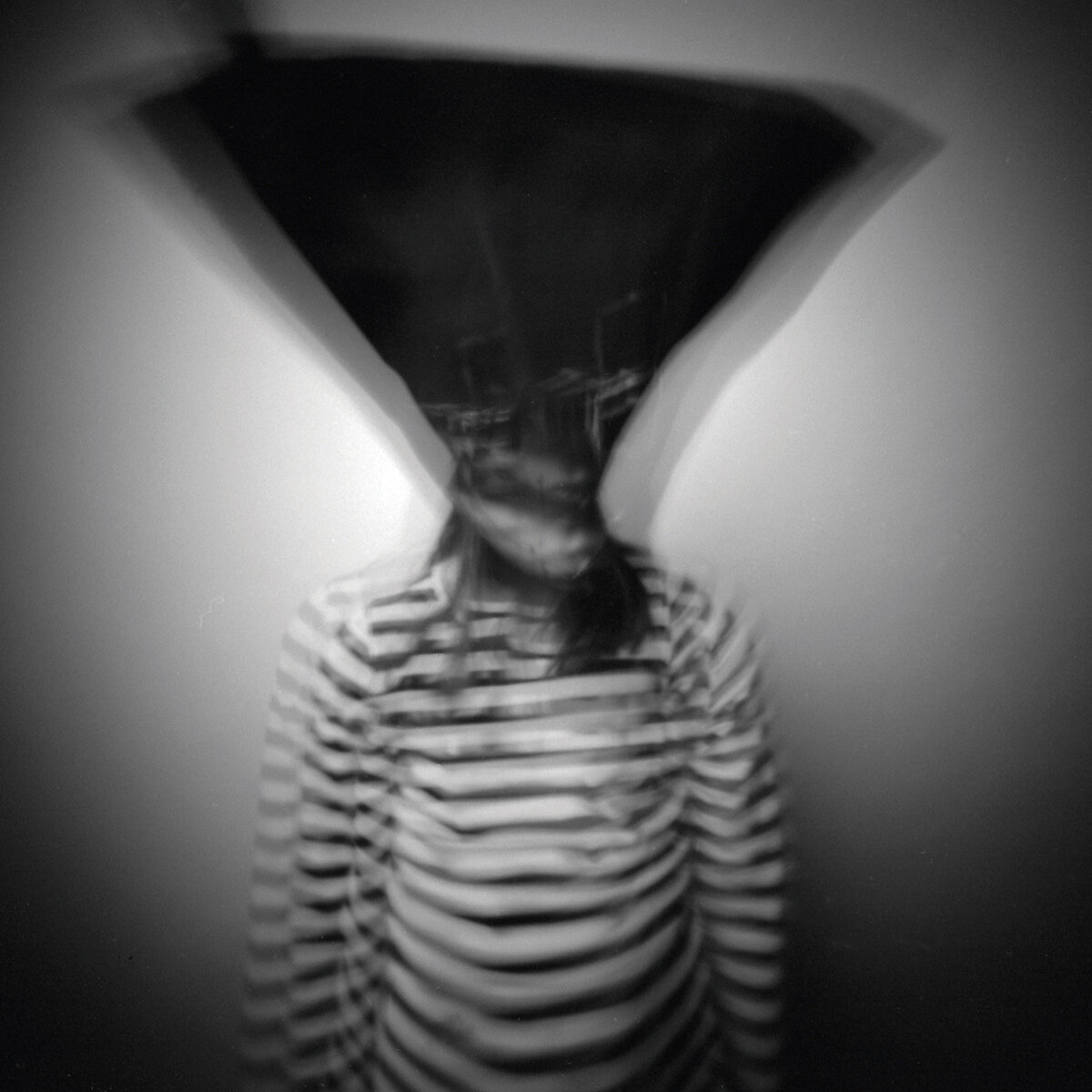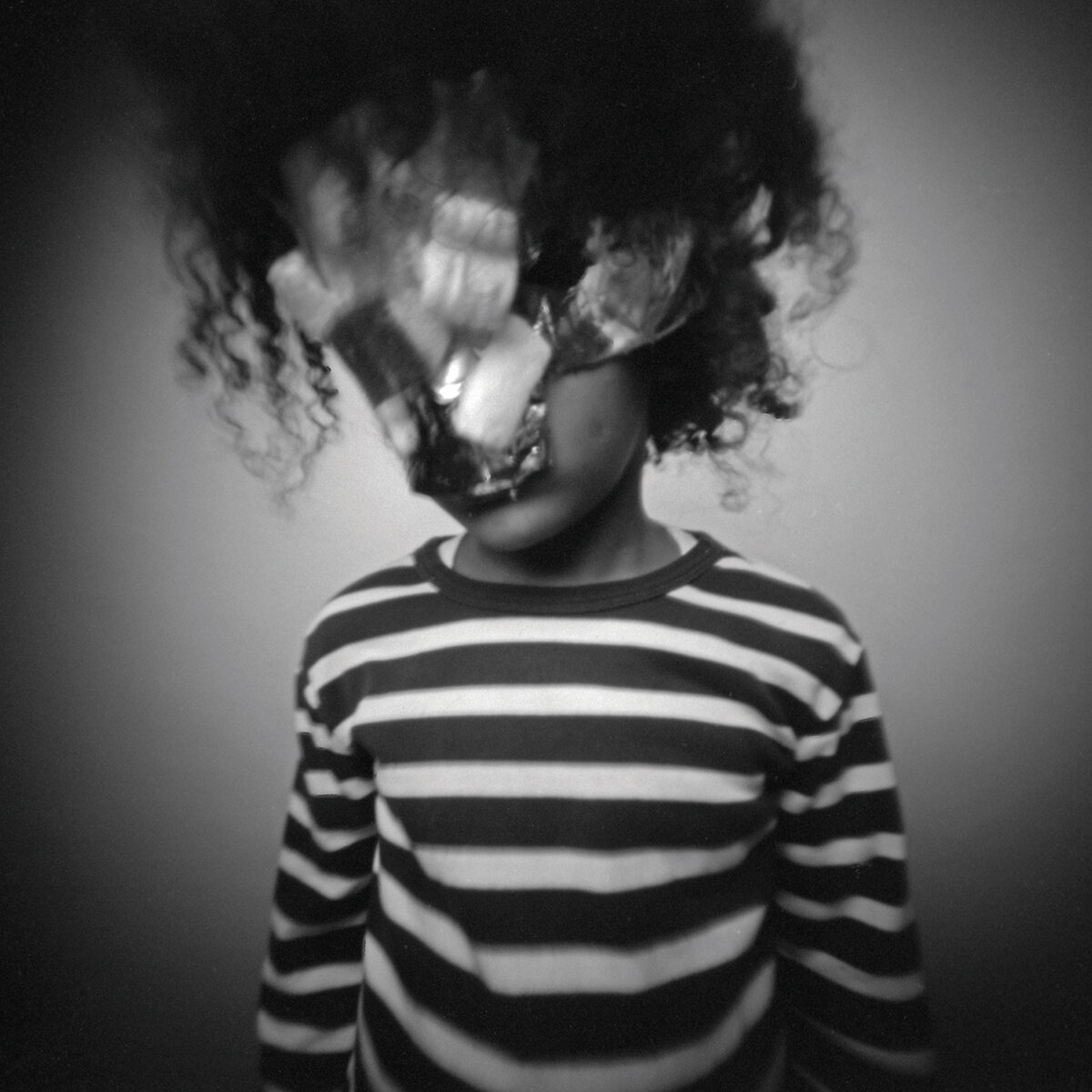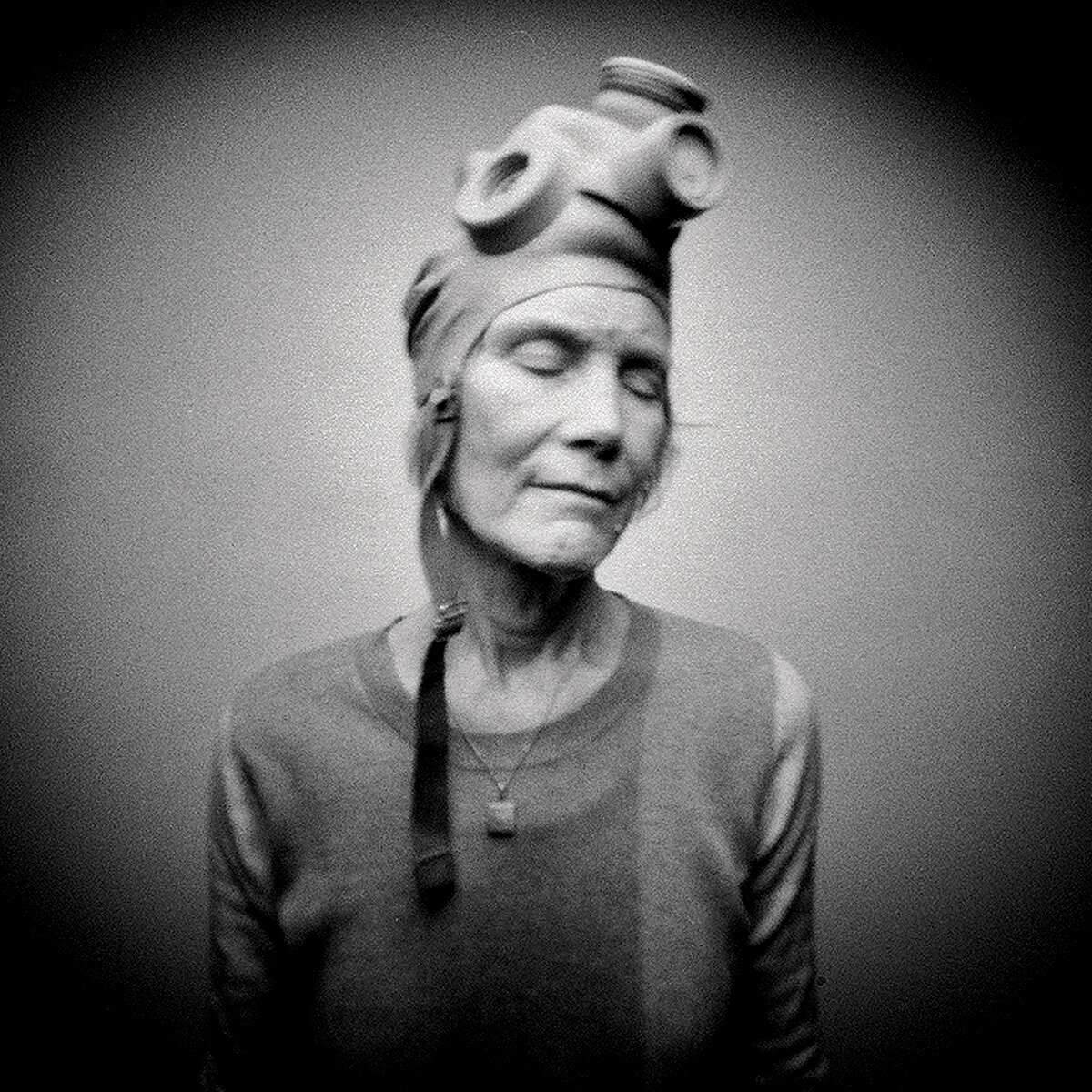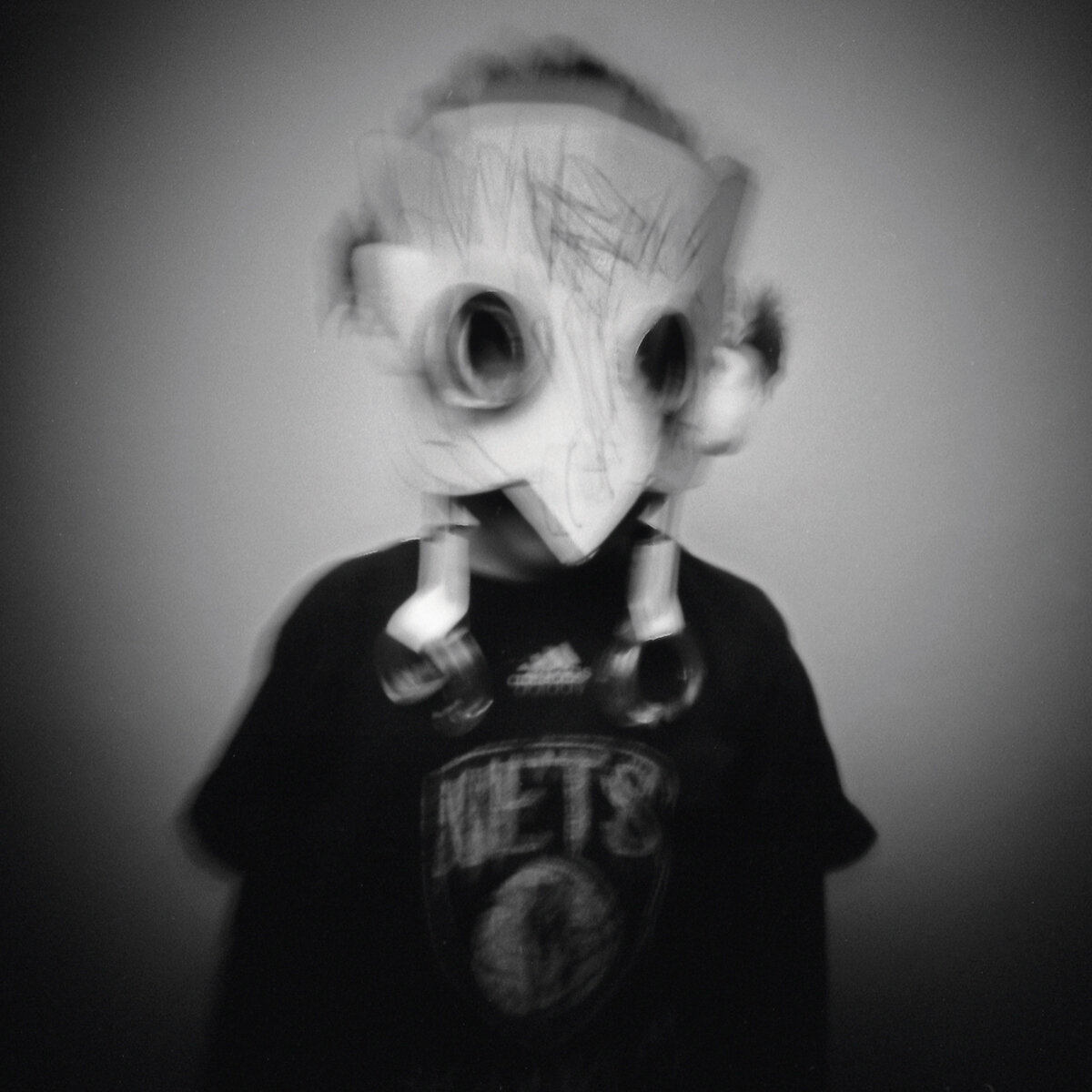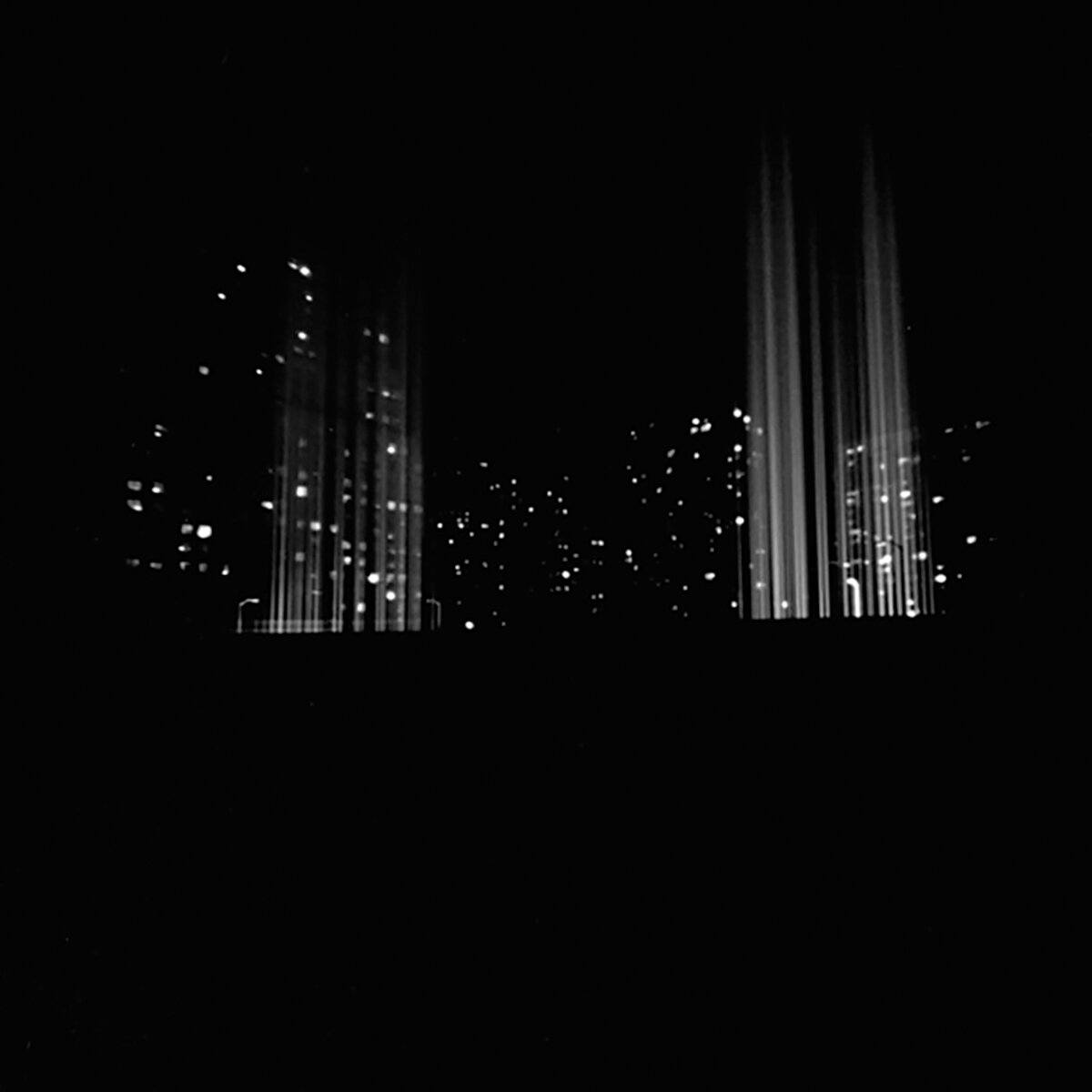In 2009, on the verge of retiring the pinhole camera I’d been fooling around with for 20 years, I caught a break. My studio at the time was in an old industrial building in Dumbo, Brooklyn and one day a neighbor on the floor knocked on my door to inquire whether I’d be interested in shooting a story for a magazine article. She only knew me as the pinhole guy in Suite 305 but explained that pinhole photography might be a good look for the piece she was developing, a story about treasure hunters who were looking for $26 million in Guggenheim silver that sank in the New York harbor in 1903. I was transparent about the challenges of pinhole photography and cautioned her that there was no guarantee we would get good results — that in fact I wouldn’t know until the film was developed if we had anything at all. Still, having presented her with a worst-case scenario, I assured her that I’d been using my camera for a long time and was confident I could deliver the goods.
She decided to take a chance on me, a moment of good fortune that changed the trajectory of my creative life. The magazine, it turned out, was United Airlines’ Hemispheres, which is read monthly by eight million captive airline travelers around the world. I’d never worked on a commercial project like this before and threw myself into it with glee. Gathering hundreds of photos for ideas and inspiration, I developed a storyboard of sorts, bought 30 rolls of medium format Tri-X film, and set aside two days to join the treasure hunters on Arthur Kill, a narrow tidal strait separating Staten Island from New Jersey. Also accompanying us was Grant Stoddard, the young, enthusiastic journalist who had pitched the story. Grant specialized in writing eyebrow-raising articles that often put him “outside his comfort zone.” Once, for a story, he marooned himself without supplies on a sandbar in Jamaica Bay, the shallow water next to JFK. It didn’t go well.
Photographing this adventure, on the other hand, went swimmingly. After explaining my pinhole camera — a cardboard box wrapped in black plastic — to the doubtful crew I spent two days following them around on the deck of their “liftboat,” a vessel with stilts that allowed them to plant the stilts on the tidal strait floor and raise themselves above the water line, providing a stable work platform. Occasionally, I accompanied the crew on a smaller boat that dragged a “sled” — something of a high-tech metal detector — across the water scanning the bottom of the tidal strait for the treasure. Working rapidly with my tripod and camera, and shielding the aperture as best I could from the bright summer sun, I exposed close to 300 images over the course of the two days. I followed that up with another day on my own, criss-crossing the New York City harbor on the Staten Island Ferry to get location shots.
In the end the treasure-hunters never found their silver. But the story appeared, as planned, in the October 2009 issue of Hemispheres magazine with 12 of my photos. The article won a Print Award for photography from the Society of Publications Designers but produced no professional ripples beyond friendly congratulations from an old college friend who’d read the issue on a cross-country flight.
But photographing on water and on the Staten Island Ferry revived my flagging interest in pinhole photography and pulled me, unknowingly at the time — into the orbit of Walt Whitman and his poem “Crossing Brooklyn Ferry.” The pull coalesced into a book idea and photography project that has consumed a large part of my creative energy over the last 12 years. In addition to the book, which I’m still working on, I developed a national public reading of “Crossing Brooklyn Ferry” as part of Whitman’s 2019 bicentennial. Partners in the project included The Walt Whitman Project, The Walt Whitman Initiative, The Brooklyn Public Library, the Brooklyn Historical Society, Brooklyn Poets, The Academy of American Poets, and The Evergreen State College. In 2017 I collaborated with The Brooklyn Academy of Music on a series of pinhole portraits of the creatives of Crossing, an opera by Matthew Aucoin based on Walt Whitman’s Civil War writings. Several of my ferry/Whitman photos have been included in exhibitions of pinhole photography. I was invited to join the board of the Walt Whitman Initiative, a New York non-profit that celebrates and honors New York City’s literary legacy. And a month ago I presented my project as part of the Initiative’s Robust American Love YouTube series, discussing the project with poet Howard Nelson and Whitman scholar Karen Karbiener.
The knock at the door I received in 2009 has been a gift that keeps on giving. Alongside my book, which I hope to bring to publication in the next year, I have at least two more Whitman-related projects I’m working on. The treasure-hunters may not have found their silver, but I certainly found mine.






































